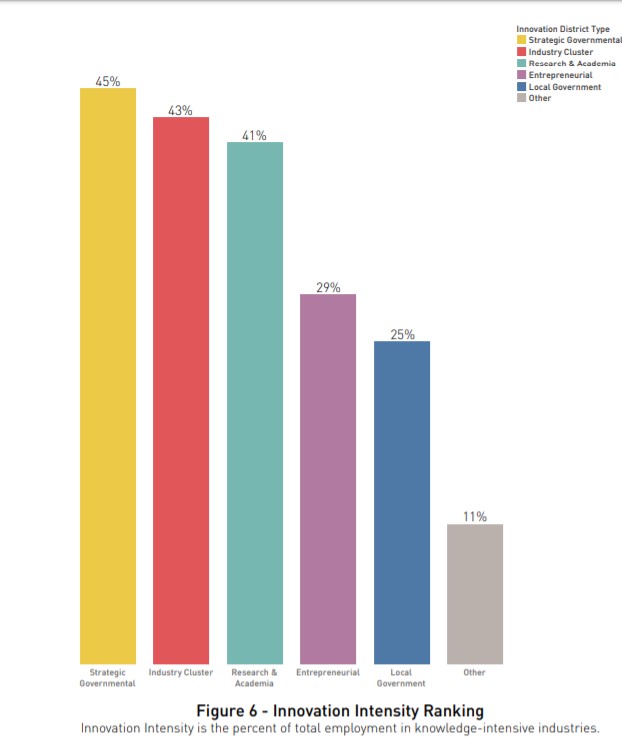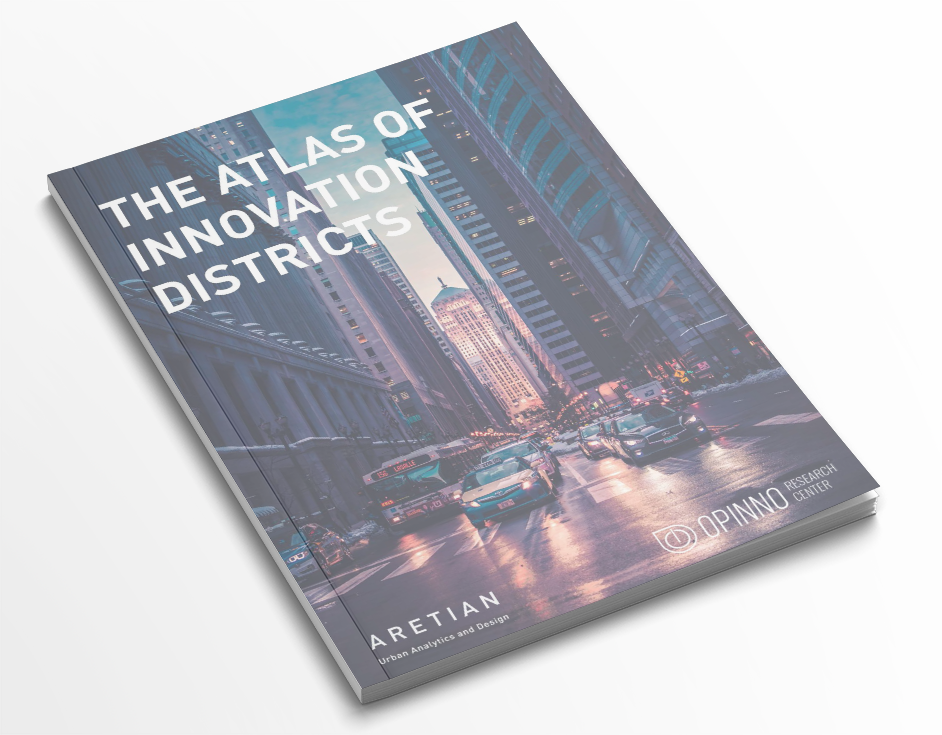Summary
The digital revolution is changing the professions and the way we work. In addition, digitization is having a direct impact on people's tendency to live in more urbanized areas. In a global context, there is an inability to deal with these big changes. Why? Increasing incomes will result in an inequality gap that will destabilize communities. All this is the result of the accumulation of actions that companies have been carrying out. However, attempts to solve all these problems have failed because two key points of view have not been understood:
Firstly, the social consequences that may derive from these problems will depend on the geographical area or scale in which they are analysed. Each person acts in a way and the way in which they interact with others leads to the overall behaviour of the system.
The second point of view is the urban environment. Analyzing the economic prosperity of cities through this report, it has been revealed that building Innovation Districts in cities can unlock the wealth distributed in the people who live and work there, thus unlocking the latent potential of a community.
The most effective Innovation Districts can develop 3 types of networks:
1. Talent networks made up of individual workers who collaborate within the workforce
2. The networks of organizations that collaborate with each other
3. The network of urban physical spaces that constitute and add value to the economic structure.

It has been proven that Innovation Districts increase employee productivity 4 times more, job opportunities increase by 9% and there is 20 times more wealth or economic activity per resident.
Authors
- Opinno Research Center (ORC)
- Aretian
In collaboration with
Download the report

